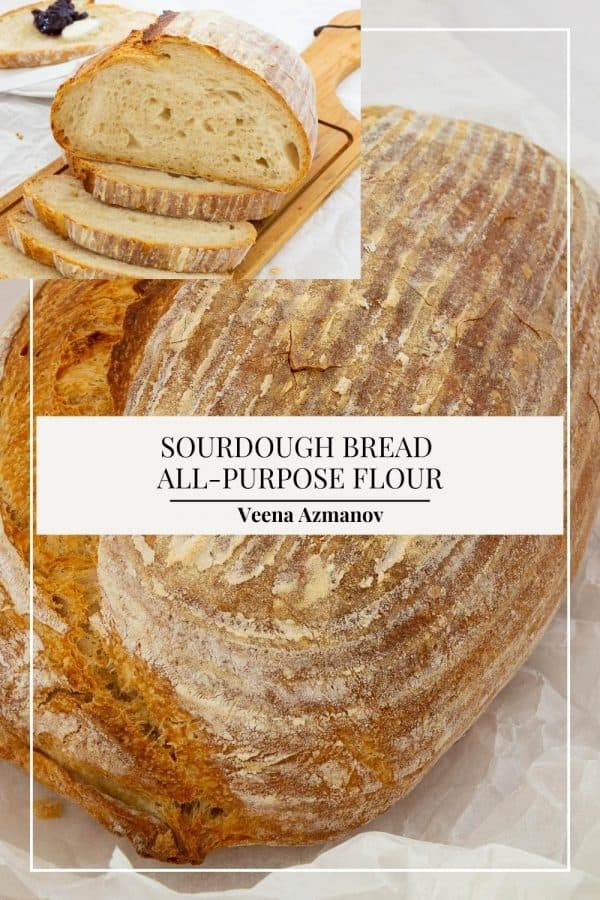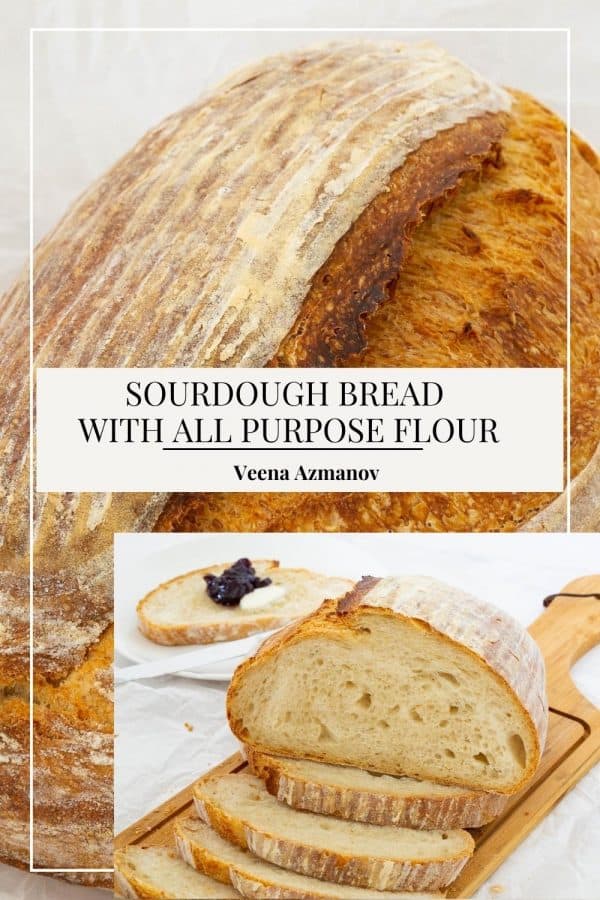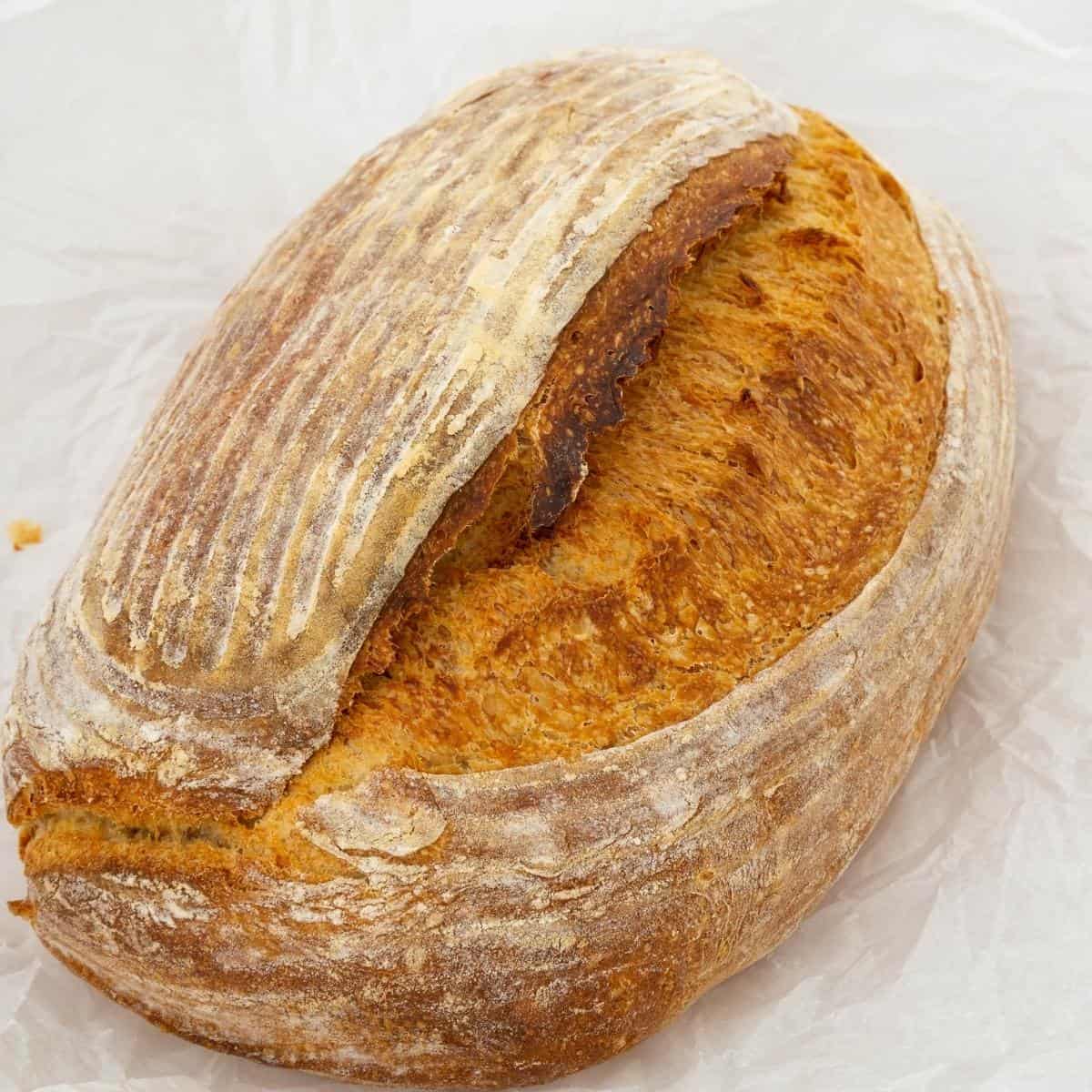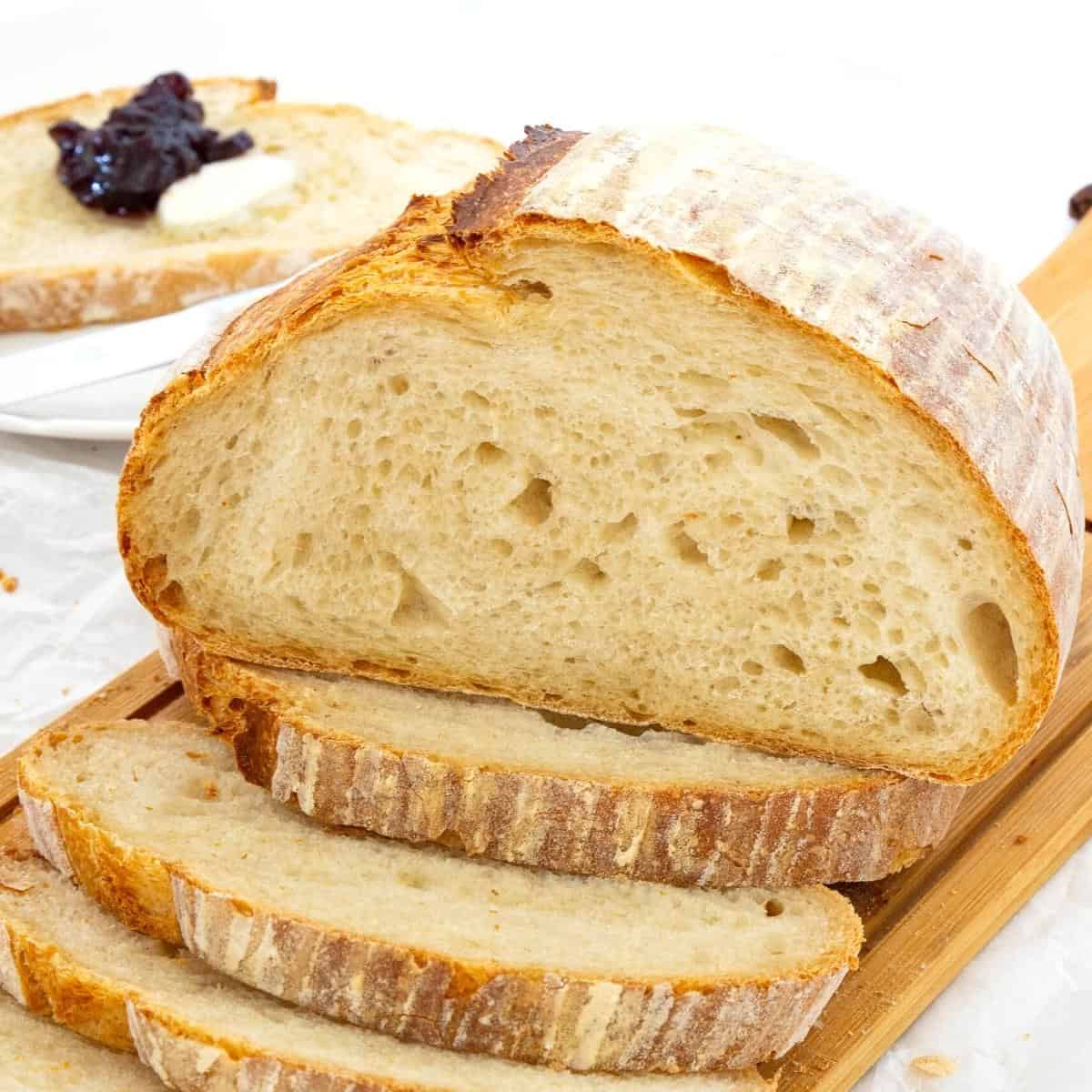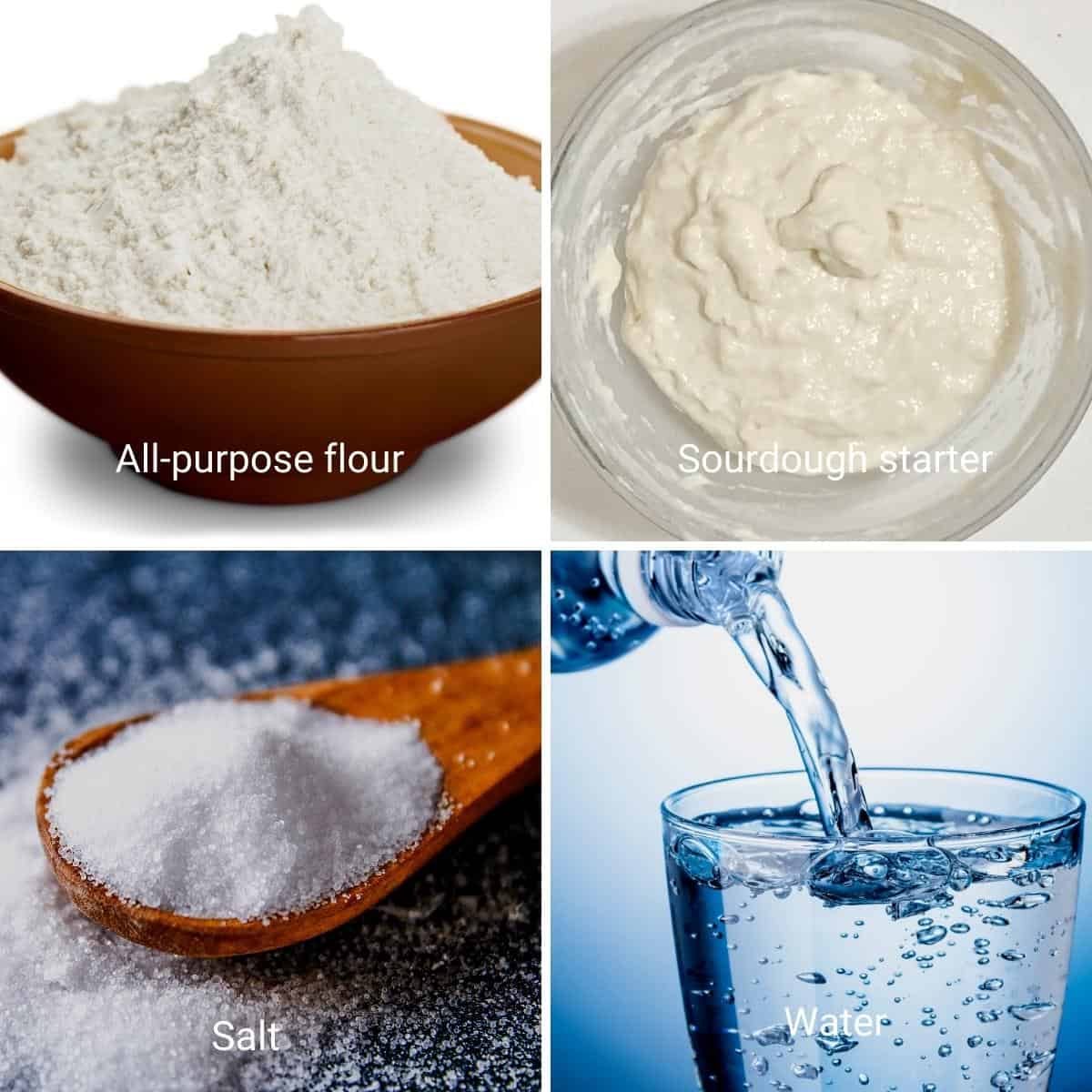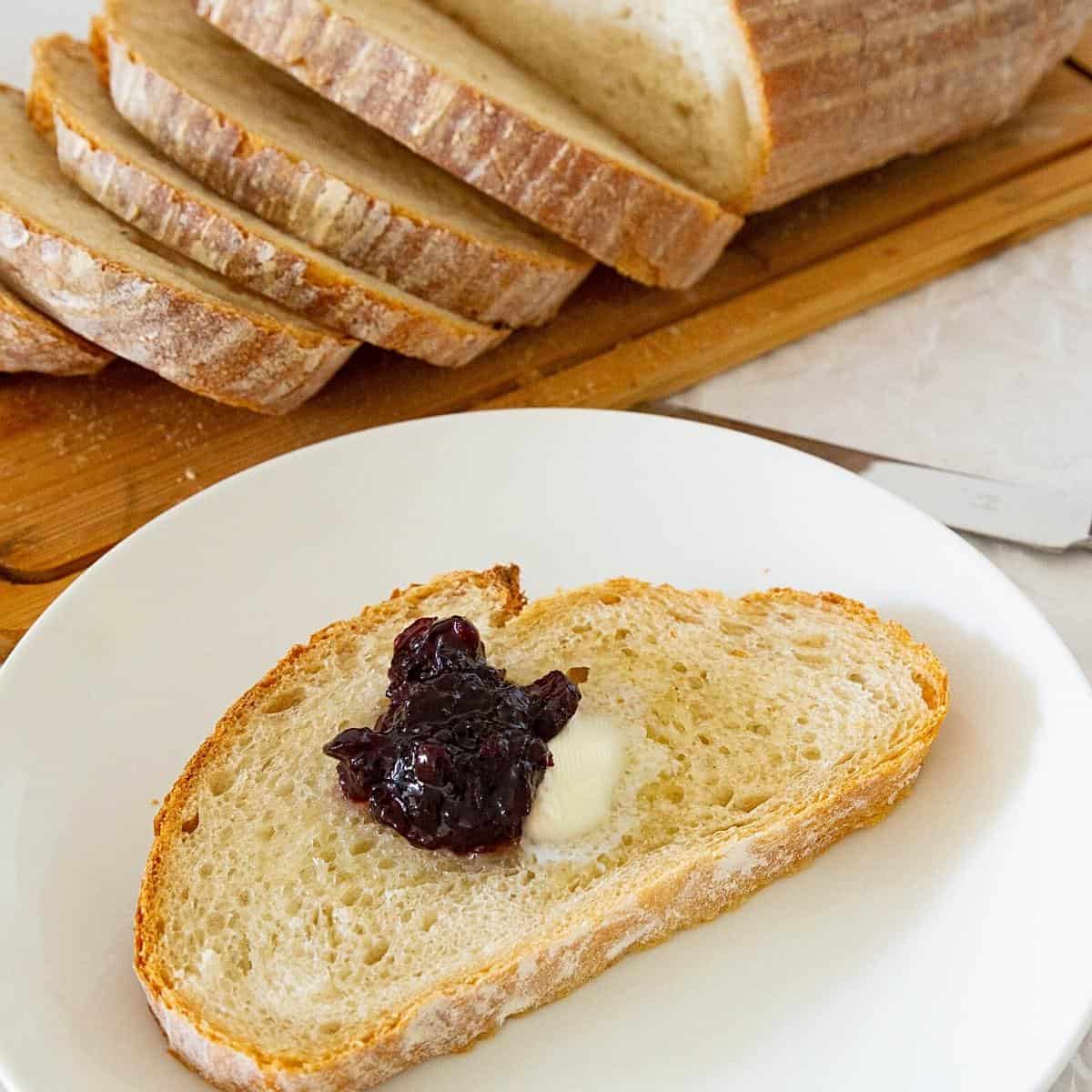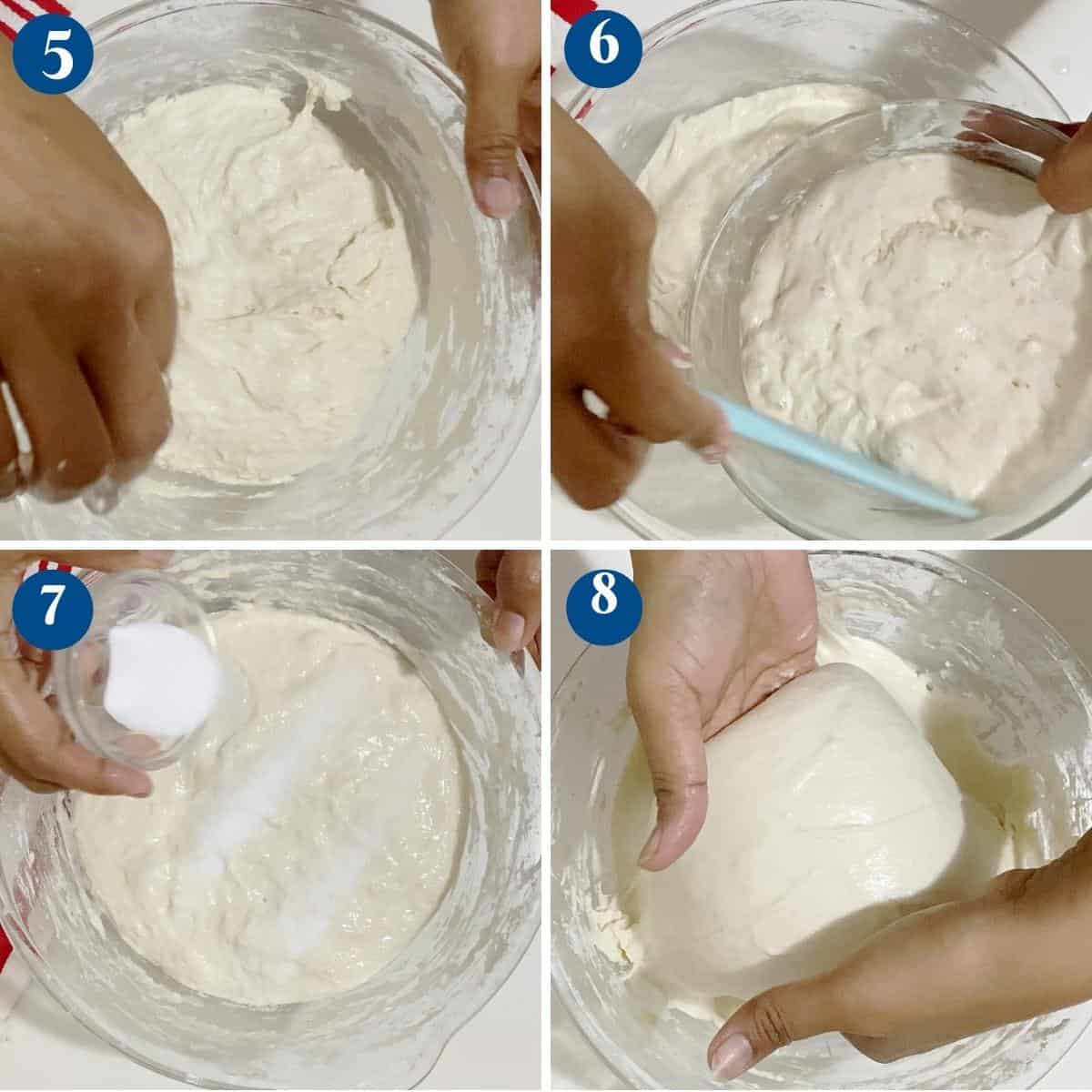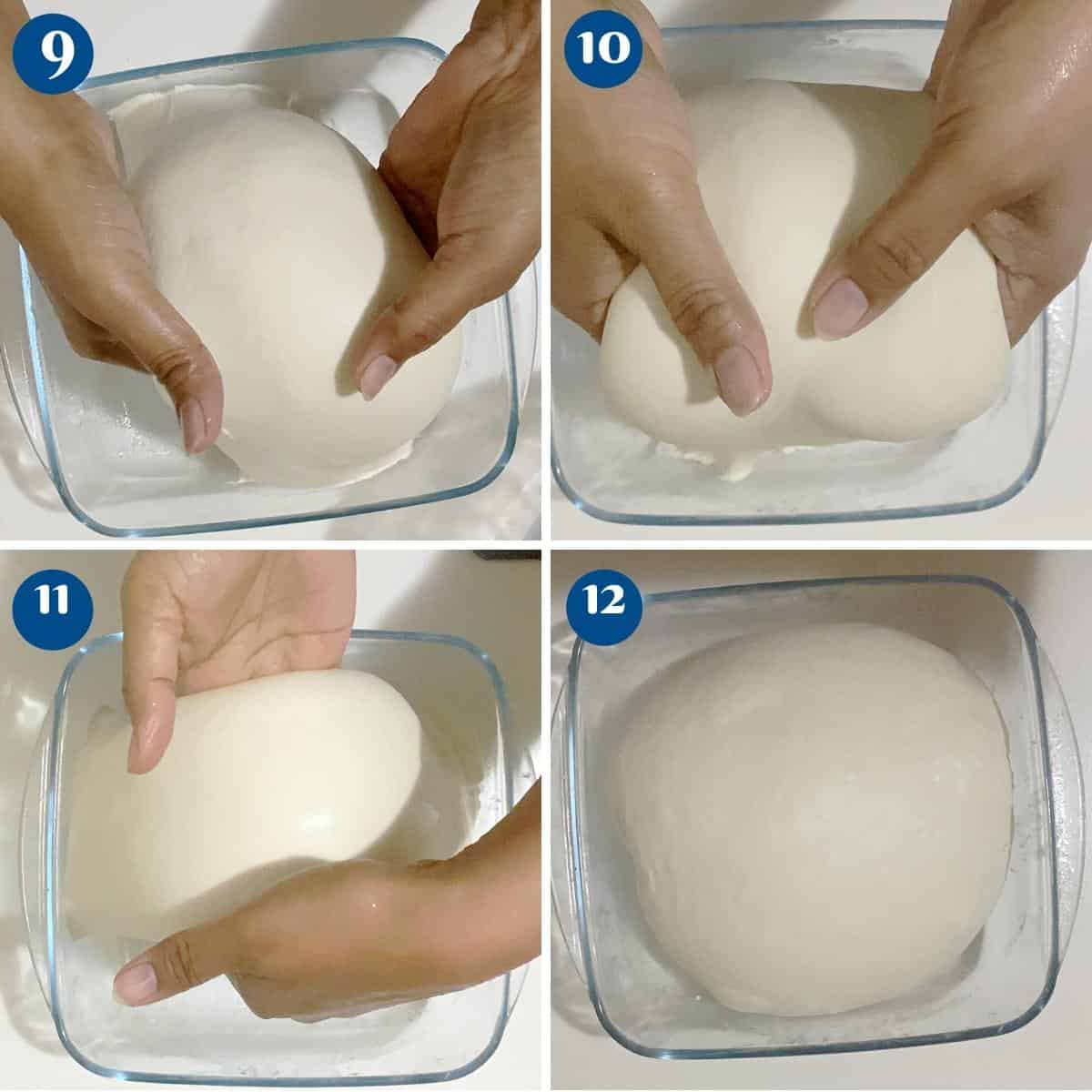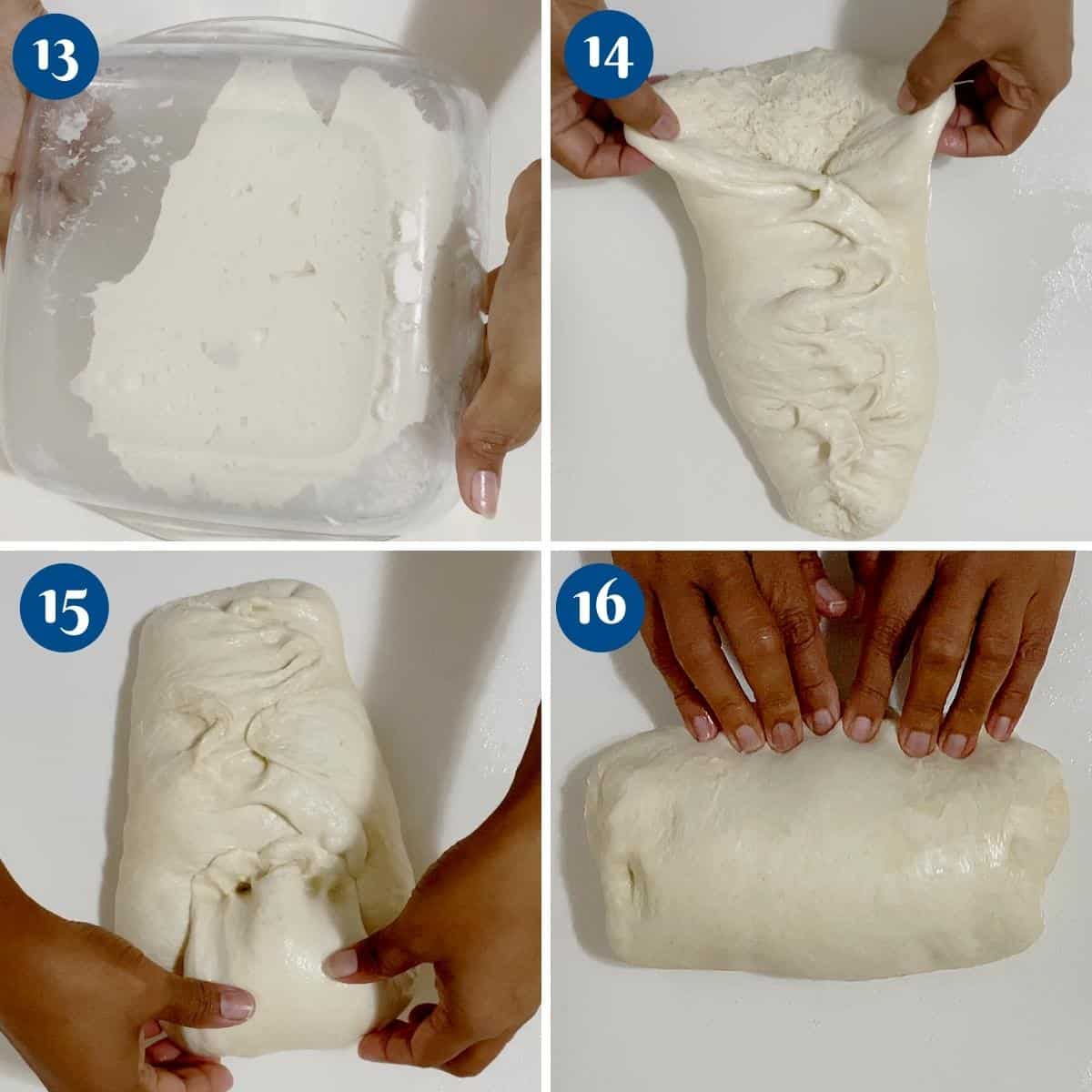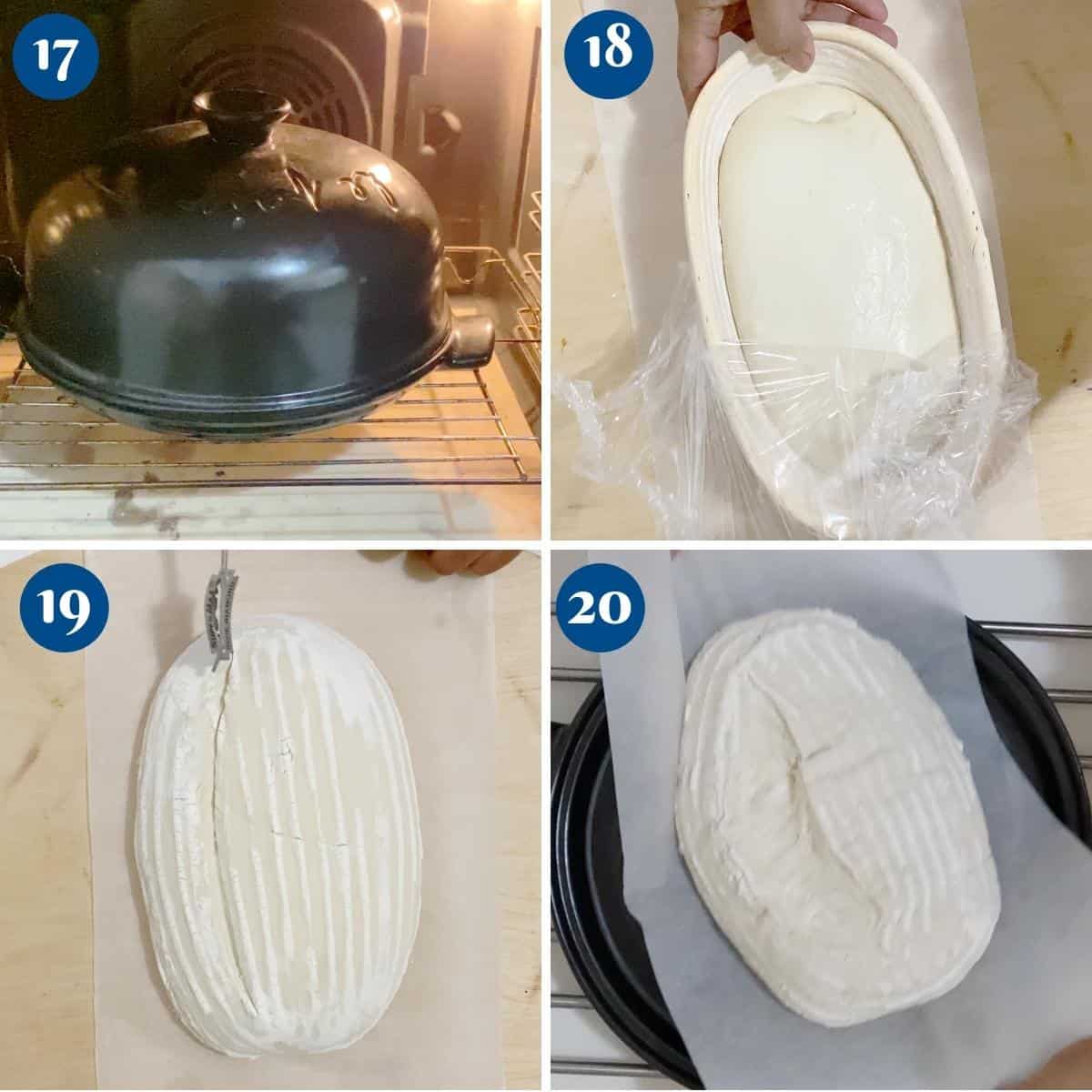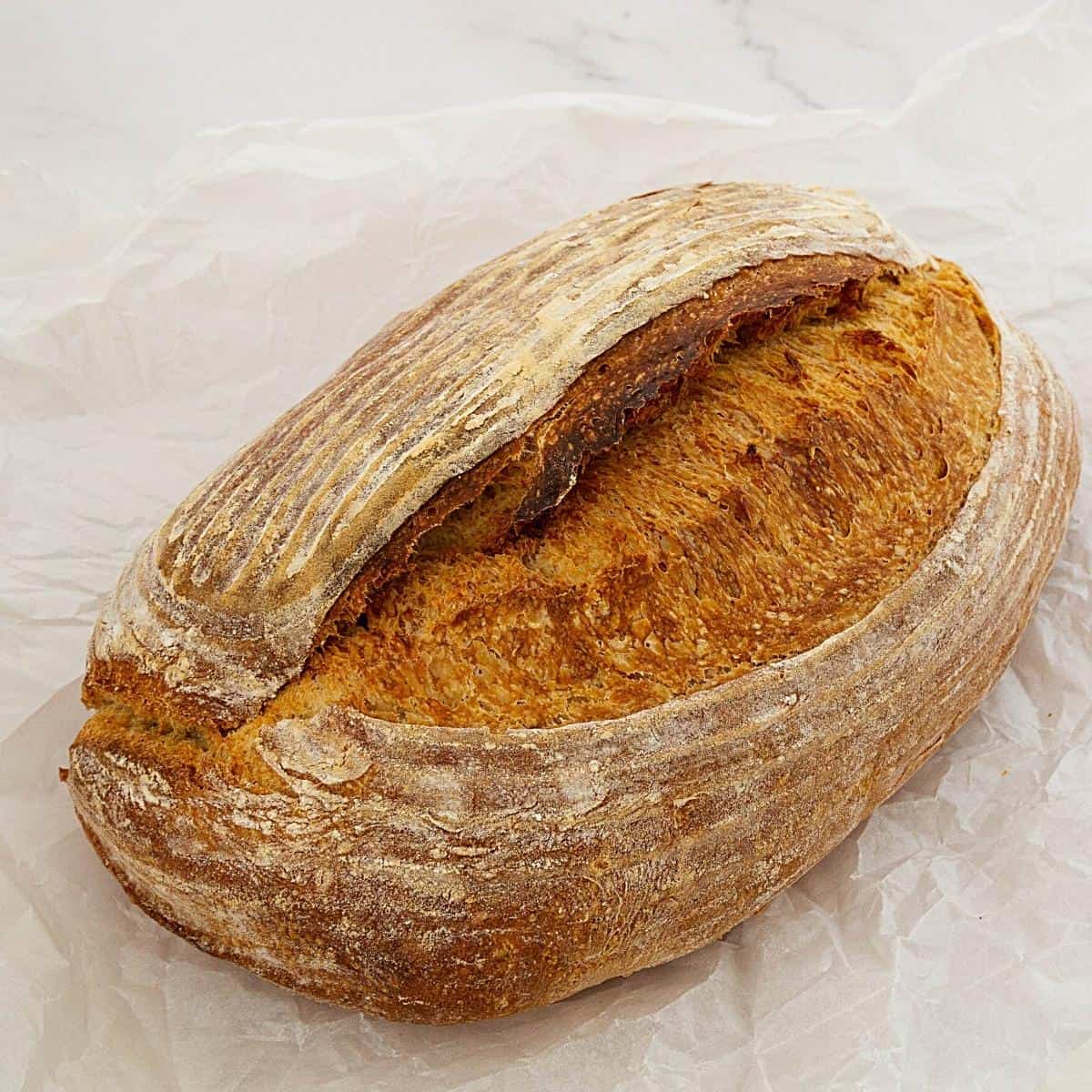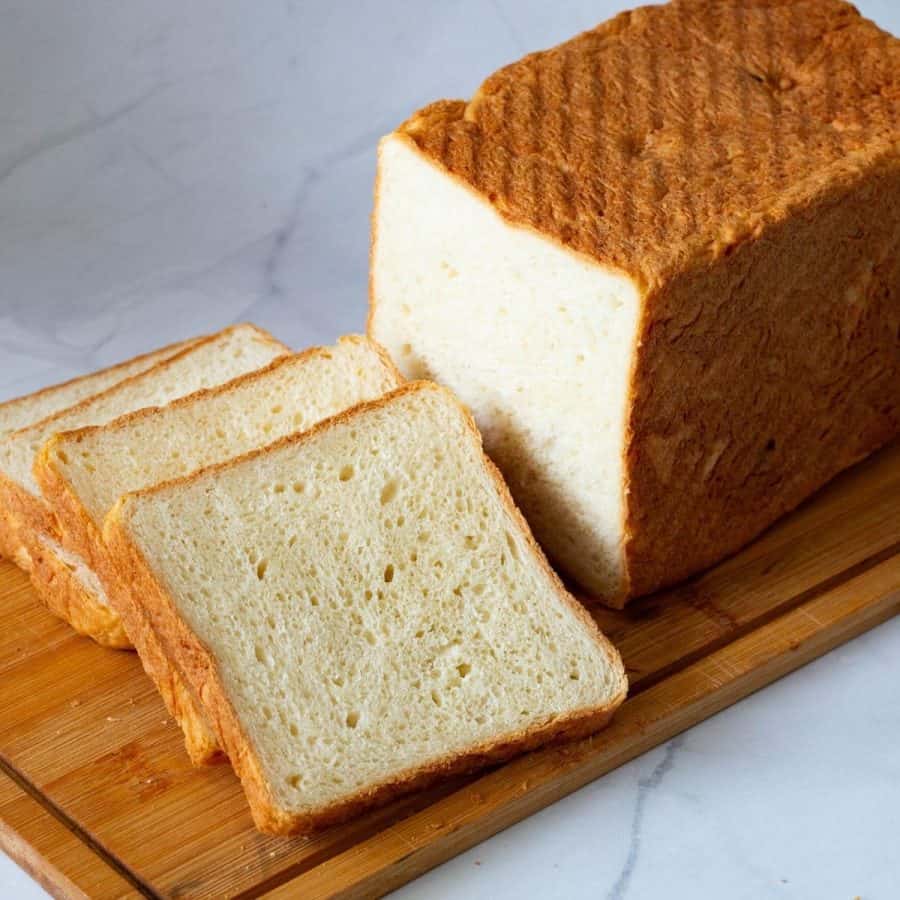Are you tired of lackluster store-bought bread? Craving the irresistible aroma of freshly baked sourdough, with its golden, crusty exterior and soft, tangy interior? To truly understand the magic of sourdough bread, it’s important to grasp the artistry behind its creation. While the process may seem daunting at first, fear not! We’re here to break it down for you, step by step. But before we dive into the details, let’s discuss the importance of choosing the right all-purpose flour—after all, it’s the foundation of your sourdough masterpiece. The type of flour you select can greatly impact the texture, flavor, and overall quality of your bread. Each variety of all-purpose flour brings its unique characteristics to the table, so it’s crucial to make an informed choice. Whether you prefer a lighter crumb or a heartier bite, understanding the nuances of different all-purpose flours will empower you to tailor your loaves to perfection. But why is sourdough bread so special? It’s all about the symbiotic relationship between wild yeast and bacteria, which work together to create a natural leavening agent. This dynamic duo, known as a sourdough starter, is the secret ingredient that gives sourdough bread its distinct tangy flavor and delightful chewiness. Beyond its incredible taste, sourdough bread offers a plethora of health benefits. The long fermentation process breaks down complex carbohydrates and gluten, making it easier for our bodies to digest. Additionally, lactic acid in sourdough bread can help regulate blood sugar levels and promote a healthy gut.
Bakers schedule
9:00 am: Autolyse 10:00 am: Mix in starter and salt, then set in proofer at 79°F. Rest for 45 minutes. Perform 4 sets of stretch and folds every 30 minutes. 3.00 pm: Pre-shape and bench rest for 30 minutes. 3:30 pm: Shape and place in the fridge for 18 hours. Next day: Bake at 450°F for 20 minutes with the lid on, then 20 minutes with the lid off.
Refreshing active sourdough starter
Refresh your sourdough starter: Begin by refreshing it, ensuring its liveliness and readiness for the bread-making process. This involves discarding a portion of the starter and feeding it with equal parts of flour and water. Allow it to sit at room temperature for at least a few hours or until it becomes bubbly and active. Then you can begin with the dough below.
Step-by-step: Sourdough bread recipe
Step 1: Combine all-purpose flour with water in a large mixing bowl. Mix well until all the flour is hydrated. This will form the initial dough, also known as the autolyze. Step 2: Cover the bowl with plastic wrap and let it rest at room temperature for 30 minutes to 1 hour. This resting period allows the flour to absorb the water fully and develop gluten naturally.
Step 3: After the autolyze, it’s time to incorporate your sourdough starter and salt. Add active sourdough starter and salt to the dough. Using your hands or a dough scraper, gently fold and knead the dough until the starter and salt are fully incorporated. Step 4: Once the starter and salt are well mixed, cover the bowl again and let the dough rest for 15 minutes. This short rest will make it easier to handle the dough during the next step.
Step 5: Now, it’s time for the stretch and fold technique. Wet your hands to prevent sticking and grab one side of the dough. Stretch it up and fold it over the rest of the dough. Rotate the bowl and repeat this process for each side of the dough until you’ve completed a full round (4 folds in total). Step 6: Cover the bowl and let the dough rest for 30 minutes. Repeat the stretch and fold process three more times, allowing the dough to rest for 30 minutes between each set. This technique helps develop the gluten structure and creates tension in the dough, resulting in a beautiful, airy crumb. Step 7: After the final set of stretch and folds, cover the bowl and let the dough bulk ferment at room temperature for around 3 to 4 hours, or until it has doubled in size. The exact time will depend on the temperature of your kitchen and the activity of your sourdough starter.
Step 8: Once the dough has doubled, it’s time to shape it into an oval loaf. Gently transfer the dough onto a lightly floured surface and fold the sides over toward the center, creating tension on the surface. Then, starting from the top, roll the dough tightly towards you, creating a log shape. To shape the dough First, stretch the sides and bring the sides toward the center. Next, fold the top of the dough to the center. Then, the middle toward the bottom. Turn the dough and fold again until you have a small tight sausage.Pro tip – Rolling the dough on the oil-sprayed surface will create surface tension and prevent the dough from drying out. You can also shape this dough into an oval or round shape.
Step 9 – Generously dust a 9-inch oval banneton basket with flour. Place the loaf smooth side down (seam side up) in the basket. Cover and leave the bread to rise in the refrigerator (38°F / 3°C) for 1 to 2 hours or up to 16 hours in the fridge.Pro tip – This is one large loaf in a 9-inch oval banneton but you can also make 2 x 6-inch bannetons for two small loaves. Step 10: Preheat the oven to 450°F / 230°C / Gas mark 8 with a cloche or Dutch oven for at least 45 minutes.Pro tip – To get a nice crust on the loaf, it is important to heat the cloche or Dutch oven in the oven for at least 45 minutes. Step 11 – When the cloche is preheated remove it out of the oven with oven gloves. Invert the bread onto the base and dust it with flour to prevent sticking. Then, using a bread scoring tool or sharp knife, score the bread making a deep (almost 1/4 inch) cut. If you use a dutch oven score the loaf on parchment paper and gently place it in the pot.Pro tip – Scoring the bread will allow for steam to escape the bread. If you do not score it, will cause a natural burst, which can misshape the loaf.
Step 12 – Cover the cloche or Dutch oven and place it back in the oven. Bake for 25 minutes covered. Then, remove the cover or lid and bake for another 20 minutes or until golden brown on the top and hollow sound on the bottom of the bread.Pro tip – Baking the bread covered will create steam in the pan, which will give a wonderful golden-brown crust. Step 13 – When baked, remove from the oven and cool on a wire rack for at least an hour before cutting.Pro tip – When baked, the internal temperature of the sourdough bread should be read about 205 to 210°F (or 96-98°C) on an instant-read thermometer.
Troubleshooting
One issue you may face is a dense or heavy loaf. This could be due to several factors, such as insufficient gluten development, overproofing, or not adding enough water. To address this, make sure to adequately stretch and fold the dough during the bulk fermentation stage to strengthen the gluten. Additionally, be mindful of the proofing time and avoid letting the dough rise for too long. Finally, double-check the hydration level of your dough and adjust if necessary by adding a bit more water to achieve the desired consistency. On the other hand, if your loaf turns out too flat or lacks volume, it may be a sign of underproofing or using a weak starter. Underproofing occurs when the dough hasn’t had enough time to rise and develop its structure. Ensure that you allow for a sufficient proofing period to allow the yeast to do its magic. If you suspect your starter is weak, consider feeding it more frequently to strengthen its activity before using it in your bread recipe. Another potential challenge is a tough or chewy crust. This could result from baking at too high of a temperature or for too long. Lower the oven temperature slightly and reduce the baking time to achieve a crisp crust on the outside and tender on the inside. Lastly, if you need help with a lack of sour flavor in your bread, it could be due to a shorter fermentation time or an inactive starter. Experiment with extending the fermentation period to develop a more pronounced tanginess. You can also feed your starter more frequently to enhance its acidity.
Recipe for Sourdough Starter Easy Beginners Sourdough Bread Recipe Whole Wheat Sourdough Bread Sourdough Loaf Bread Rosemary Focaccia Bread
Frequently asked questions
Creative variations
One option for a creative variation is to use different types of flours. You can experiment with whole wheat flour, rye flour, or even spelt flour to add a unique flavor profile and texture to your bread. These different flours can create a denser and heartier loaf, or a lighter and airier one, depending on your preferences. If you’re feeling adventurous, consider adding various ingredients to your dough. Fresh or dried herbs like rosemary, thyme, or basil can infuse your bread with aromatic flavors, while grated cheese like Parmesan or Gruyere can add a delightful savory twist. For a touch of sweetness, you can mix in dried fruits such as cranberries, raisins, or apricots. The possibilities are endless, and each ingredient you incorporate will bring a new dimension to your sourdough bread. Another creative variation to explore is shaping your loaf into different forms. While the traditional round loaf is a timeless classic, you can also experiment with different shapes and designs. Consider making smaller individual rolls or baguettes for a picnic or a brunch gathering. Alternatively, try shaping your dough into a decorative braid or even a stunning bread flower. The shape of your bread not only adds visual appeal but can also affect the texture and baking time, creating a unique experience with each variation.
Creative ways to use sourdough bread
Sourdough French Toast: Make a decadent and flavorful French toast with thick slices of sourdough bread. Dip the slices in a mixture of eggs, milk, vanilla extract, and cinnamon, then fry them until golden brown. Top with your favorite toppings like fresh fruit, maple syrup, or powdered sugar. Sourdough Croutons: Cube sourdough bread, toss it with olive oil, garlic, herbs, and a pinch of salt, then bake until crispy. These homemade croutons are perfect for salads, soups, or crunchy snacks. Sourdough Grilled Cheese: Upgrade your grilled cheese sandwich by using sourdough bread. The tangy flavor of the sourdough pairs wonderfully with gooey cheese. Add some caramelized onions, tomatoes, or avocado for extra flavor. Sourdough Bread Pudding: Transform stale sourdough bread into a rich, comforting pudding. Mix cubed bread with a custard mixture of eggs, milk, sugar, and favorite flavorings like vanilla, cinnamon, or nutmeg. Bake until set and serve with a drizzle of caramel sauce or a scoop of ice cream. Sourdough Stuffing: Use cubed or torn sourdough bread to make a flavorful stuffing for roast chicken, turkey, or other meats. Combine the bread with sautéed vegetables, herbs, and broth, then bake until golden and crispy. Sourdough Crisps: Thinly slice sourdough bread, brush the slices with olive oil, and bake until crispy. These sourdough crisps are perfect for serving with dips, spreads, or cheeses. Sourdough Bread Bowl: Hollow out a round loaf of sourdough bread and use it as a bowl for soups, stews, or dips. The bread will absorb the flavors of the filling, making each bite extra delicious. Sourdough Panzanella: Make a traditional Italian panzanella salad using torn pieces of stale sourdough bread. Toss the bread with ripe tomatoes, cucumbers, red onions, basil, olive oil, vinegar, and seasonings for a refreshing summer salad. Sourdough Bruschetta: Grill or toast sourdough slices and top them with diced tomatoes, fresh basil, garlic, and a drizzle of balsamic vinegar and olive oil. It’s a simple yet elegant appetizer. Sourdough Bread Crumbs: Grind up stale sourdough bread in a food processor to make homemade breadcrumbs. Use them as a coating for fried foods, a topping for casseroles, or to add texture to dishes like macaroni and cheese. Sourdough Bread Pizzas: Use sourdough bread as a base for mini pizzas. Top the slices with your favorite pizza sauce, cheese, and toppings, then bake until the cheese is melted and bubbly. Sourdough Bread Ice Cream Sandwiches: Make ice cream sandwiches by sandwiching your favorite ice cream between slices of sourdough bread. Roll the edges in chocolate chips, sprinkles, or crushed nuts for added flavor and texture.
No-knead Bread or No-Knead Sandwich Bread Shokupan Sandwich Bread BEST Sandwich Bread Recipe Challah Bread Recipe – 4 strand No-Knead Olive Bread See all bread recipes or sourdough bread recipes
Thank you for sharing - Save for later

